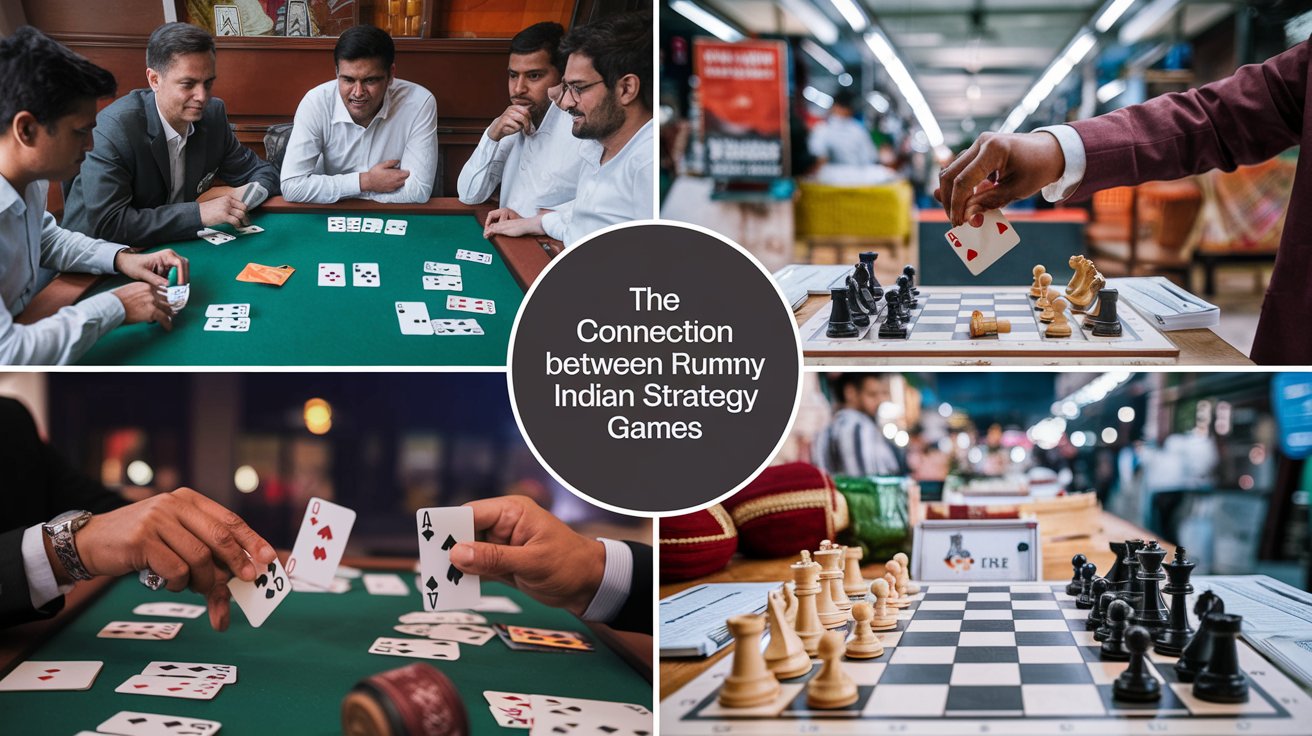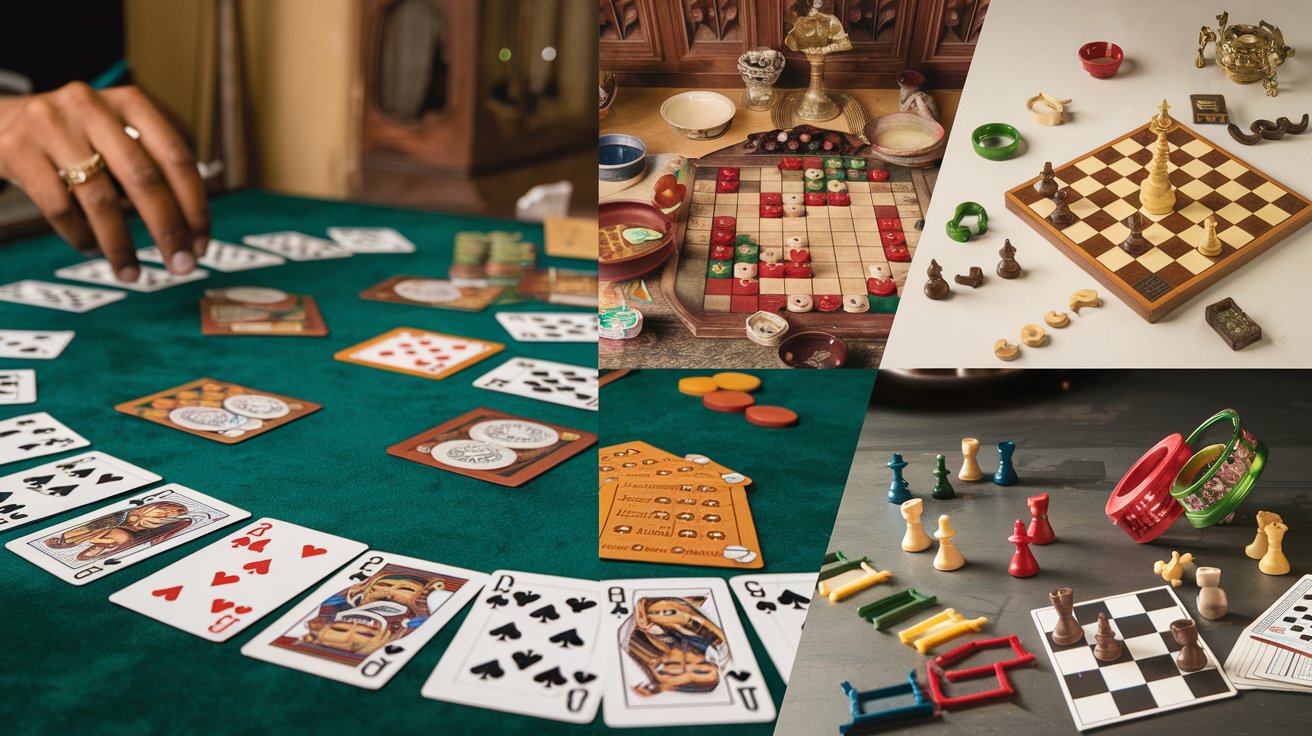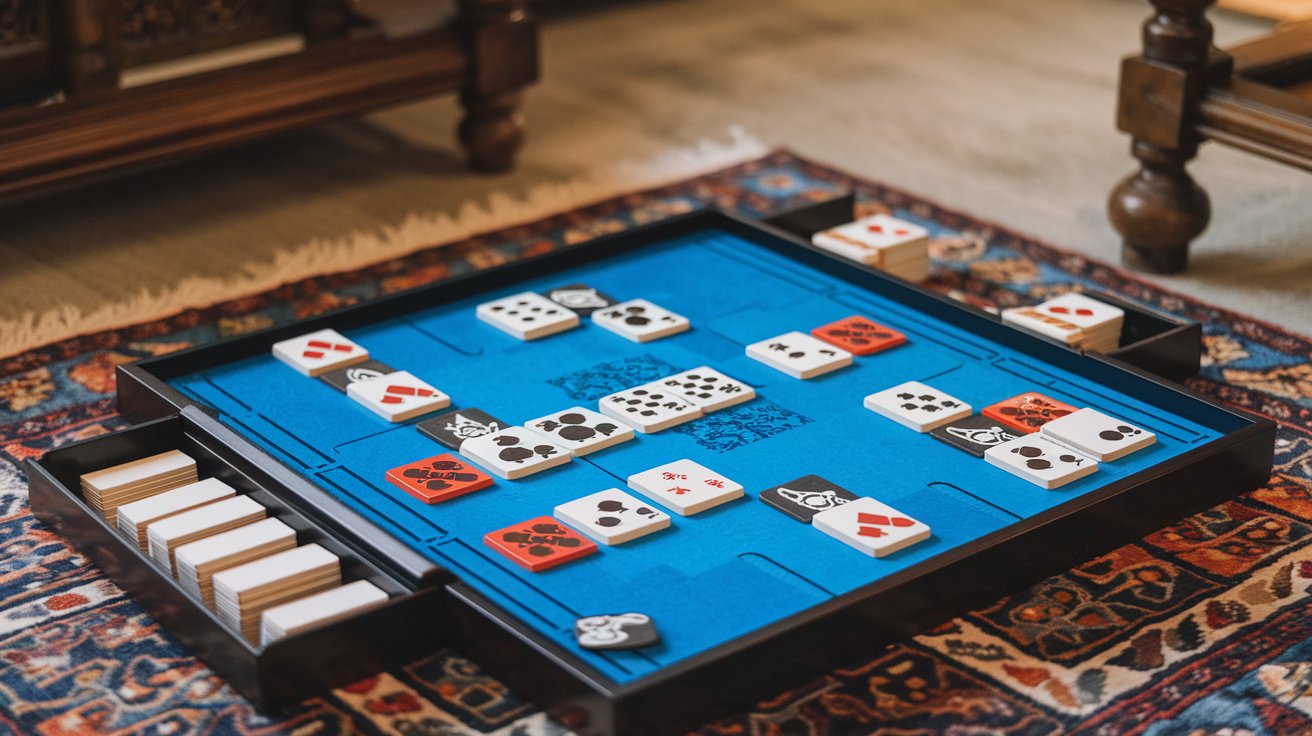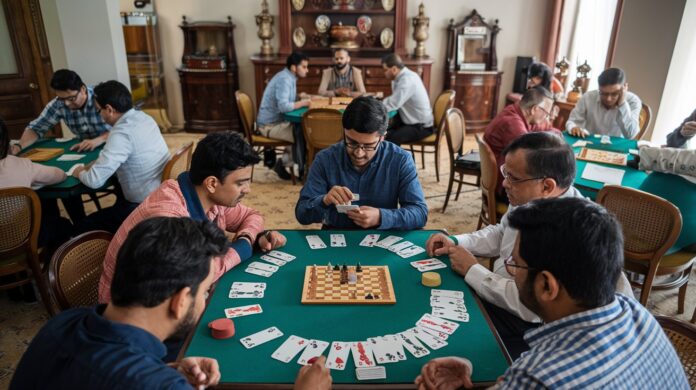When you think of strategy games, your mind might drift to chessboards or digital battlefields, but India’s rich gaming heritage offers a treasure trove of tactical brilliance that often goes unnoticed. Among these gems is rummy—a card game that has captivated millions with its blend of skill, strategy, and a dash of luck. While rummy might seem like a casual pastime to some, its roots and mechanics reveal a fascinating connection to India’s long-standing tradition of strategy games. From ancient board games like Pachisi to modern-day rummy apps, the thread of strategic thinking ties these games together in a way that reflects India’s cultural and intellectual legacy.
In this blog, we’ll dive deep into the intricate relationship between rummy and Indian strategy games. We’ll explore their shared history, the mental skills they demand, and how they’ve evolved to remain relevant in today’s fast-paced world. Whether you’re a rummy enthusiast or a curious reader, this 1500+ word journey will uncover why these games are more than just entertainment—they’re a window into India’s strategic soul.
A Brief History of Strategy Games in India
India’s love affair with strategy games dates back thousands of years. Archaeological evidence and ancient texts suggest that games requiring cunning and foresight were a staple of Indian society long before they spread to other parts of the world. One of the earliest examples is Chaturanga, a precursor to modern chess, believed to have originated around the 6th century AD during the Gupta Empire. Chaturanga, meaning “four limbs” in Sanskrit, was a war simulation game that mirrored military tactics with its pieces representing infantry, cavalry, elephants, and chariots.
Another iconic game, Pachisi, known as the “Royal Game of India,” emerged around the same time. Often played on a cross-shaped board with cowrie shells as dice, Pachisi required players to move their pieces strategically while blocking opponents—a mechanic that echoes the calculated moves seen in rummy today. The Mughal emperors were particularly fond of Pachisi, with Emperor Akbar reportedly playing life-sized versions using human pieces on a giant courtyard board.
So, where does rummy fit into this lineage? While rummy as we know it today has global influences—likely stemming from the Mexican game Conquian and introduced to India during colonial times—its adoption and evolution in the subcontinent reveal striking parallels with these ancient strategy games. Rummy’s emphasis on planning, adaptability, and outwitting opponents aligns seamlessly with the intellectual traditions of Chaturanga and Pachisi.
The Core of Rummy: A Strategic Powerhouse

At its heart, rummy is a game of melding cards into sets and sequences, but don’t let its simplicity fool you—it’s a mental battlefield. Players must draw and discard cards wisely, anticipate their opponents’ moves, and adapt to an ever-changing hand. These elements make rummy less about luck and more about strategy, a trait it shares with India’s classic games.
1. Planning and Foresight
In rummy, success hinges on your ability to plan several moves ahead. Should you hold onto that 7 of Spades, hoping to complete a sequence, or discard it to throw off your opponent? This decision-making mirrors the tactical depth of Chaturanga, where players position their pieces to control the board while anticipating counterattacks. Similarly, in Pachisi, players decide whether to advance a single piece aggressively or spread their moves to block rivals—much like managing your cards in rummy.
2. Reading the Opponent
A skilled rummy player doesn’t just focus on their own hand; they watch what others discard and pick up. This psychological layer—guessing an opponent’s strategy based on subtle cues—echoes the mind games of Indian strategy classics. In Pachisi, for instance, players often bait opponents into risky moves, a tactic rummy players use when discarding a card their rival might need, only to disrupt their plans later.
3. Adaptability
No two rummy games are the same. The randomness of the draw forces players to pivot their strategies on the fly, a quality that resonates with the unpredictability of dice rolls in Pachisi. This adaptability is a hallmark of Indian strategy games, where rigid plans often crumble under the weight of chance, and the best players thrive by staying flexible.
Rummy’s Cultural Resonance in India

Rummy didn’t just borrow from India’s strategic playbook—it became a cultural phenomenon. Played during family gatherings, festivals like Diwali, and even late-night chai sessions, rummy has woven itself into the fabric of Indian life. Its accessibility—requiring only a deck of cards—and its blend of skill and social interaction made it a natural fit for a country that values both intellect and community.
Interestingly, rummy’s rise parallels the enduring popularity of traditional games like Carrom and Chaupar (a variant of Pachisi). These games, too, balance strategy with camaraderie, often played in groups where banter and bluffing are as crucial as the moves themselves. Rummy’s ability to foster this dynamic—where players compete fiercely yet bond over the table—mirrors the social role strategy games have played in India for centuries.
The Evolution: From Boards to Apps
India’s strategy games have never been static; they’ve evolved with the times. Pachisi gave way to Ludo, a simplified version that remains a household name. Chess, born from Chaturanga, became a global juggernaut. Rummy, too, has embraced modernity, transitioning from physical cards to online platforms that attract millions of players daily.
The advent of online rummy has supercharged its strategic appeal. Digital versions offer features like practice modes, tutorials, and real-time multiplayer options, allowing players to hone their skills against opponents from across the globe. Yet, the core remains unchanged: outsmarting your rivals through clever card play. This evolution mirrors how Indian strategy games have historically adapted—think of how Chaturanga’s rules shifted as it traveled to Persia and Europe, becoming the chess we know today.
SEO tip: Keywords like “online rummy,” “Indian strategy games,” and “rummy skills” are naturally woven into this section to boost search visibility while keeping the narrative engaging.
Skills Rummy Shares with Indian Strategy Games
Let’s break down the specific skills that link rummy to its strategic ancestors:
1. Memory and Observation
In rummy, remembering which cards have been discarded or picked up gives you an edge. This mirrors Chaupar, where players track their opponents’ progress across the board. Sharp memory turns good players into great ones in both games.
2. Risk Assessment
Should you discard a high-value card and risk giving your opponent an advantage? Rummy players face this dilemma constantly, much like Pachisi players weighing whether to move a piece into a vulnerable position. Calculated risks define both experiences.
3. Patience
Indian strategy games reward those who wait for the right moment. In rummy, rushing to declare can backfire if your hand isn’t perfect, just as impatience in Chaturanga might leave your king exposed. Patience is a virtue that ties these games together.
4. Bluffing
While rummy isn’t as overtly deceptive as poker, subtle bluffs—like discarding a card to mislead an opponent—add a layer of intrigue. This echoes the feints and misdirection seen in Carrom or Chaupar, where outwitting rivals is half the fun.
Why Rummy Endures in India

Rummy’s staying power in India isn’t just about strategy—it’s about connection. Like its predecessors, it bridges generations, bringing grandparents and grandkids together over a shared challenge. Its blend of skill and luck levels the playing field, making it accessible yet endlessly replayable. And in a country where intellectual pursuits have long been celebrated—think of India’s contributions to mathematics and philosophy—rummy’s demand for sharp thinking strikes a deep chord.
Today, rummy’s popularity is surging, thanks to its online avatar. Platforms like RummyCircle and Ace2Three have turned it into a competitive sport, complete with tournaments and cash prizes. Yet, whether played with a worn-out deck or a sleek app, rummy remains a testament to India’s strategic heritage—a modern echo of the games that shaped its past.
Rummy vs. Other Indian Strategy Games: A Comparison
To highlight rummy’s place in this lineage, let’s compare it to two classics:
- Rummy vs. Chess (Chaturanga): Chess is a pure strategy game with no luck involved, while rummy introduces chance via the card draw. However, both demand long-term planning and opponent analysis, making them cerebral siblings.
- Rummy vs. Pachisi: Pachisi relies heavily on dice, akin to rummy’s reliance on the deck, but rummy gives players more control through card selection. Both thrive on blocking and outmaneuvering rivals.
These parallels show how rummy, while distinct, carries the DNA of India’s strategic tradition.
Conclusion: A Strategic Legacy in Every Hand
The connection between rummy and Indian strategy games isn’t just a matter of mechanics—it’s a reflection of a culture that values wit, patience, and social bonds. From the royal courts of Chaturanga to the digital tables of online rummy, India’s love for strategic play has endured and evolved, adapting to new eras without losing its essence. Rummy, with its blend of skill, chance, and cunning, is a modern torchbearer of this legacy.
So, the next time you shuffle a deck or tap “deal” on your phone, remember: you’re not just playing a game—you’re stepping into a centuries-old tradition of strategy that’s uniquely Indian. Whether you’re aiming for a perfect sequence or blocking an opponent’s move, you’re channeling the same brilliance that made Pachisi and Chaturanga timeless. Ready to test your skills? The cards are waiting.

Zareb Saleh is a journalist at Gulf Today and a ghostwriter for Gameoholic, specializing in gaming, technology, and digital culture. With a keen eye for industry trends, he delivers insightful stories that engage and inform readers.




